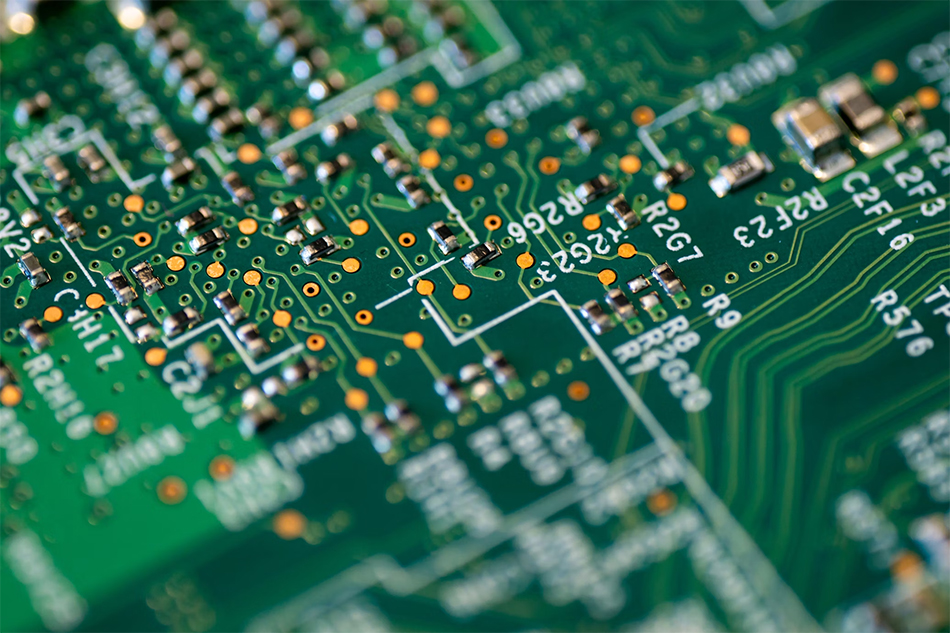Unlocking Robotic Potential: Fluid-Based Circuits for AI-Driven Autonomy
Engineers from King’s College London developed a fluid-based circuit that powers robots without the use of electricity, marking a significant advancement in robotics. This innovative approach, which uses pressure differences in a fluid circuit to relay signals, has the potential to transform robot design and capabilities, particularly in low-power environments. This advancement enables sophisticated AI systems to arrange robots in more flexible, responsive, and autonomous ways by reallocating computational resources used for hardware control. Its potential applications in social care, industry, and low-resource areas point to a new robotics era.
Revolutionizing Robotic Autonomy with Fluid-Based Circuits
This approach relies on a pressure-based circuit that mimics organ autonomy. Traditional robotic systems are controlled by electricity-driven circuits, making them unsuitable for use in unreliable or hazardous environments. These circuits enable robots to operate autonomously by sending commands via fluid pressure, so freeing up power regulation space. As Dr. Antonio Forte, Senior Lecturer in Engineering at King’s College London, points out, this breakthrough enables intelligent and flexible robots. This concept has the potential to increase robotic autonomy, allowing for more efficient and specialized applications in a variety of industries.
Enhancing Robotic Performance in Challenging Environments
One of the most promising applications of this fluid-based control system is in settings where traditional electronics are ineffective, such as areas exposed to high radiation, like Chernobyl, or in environments sensitive to electromagnetic interference, such as MRI rooms. Without relying on electrical components vulnerable to environmental factors, robots equipped with fluid-based circuits could perform essential functions in these restricted areas. The innovation also holds promise for disaster relief and resource-limited settings, where reliable access to electricity is often a challenge. By allowing for a new generation of robots that can function under these demanding conditions, this technology could redefine how we think about robotics in hazardous or infrastructure-limited environments.
Reducing Computational Strain for Increased Functionality
The new design introduces a strategic division between the ‘brain’ and ‘body’ of the robot. Unlike conventional robotic systems that require an electrical connection between the control unit and the hardware, this fluid-based system enables direct command transmission to the robot’s mechanical components, thus reducing computational strain. Dr. Forte compares this concept to the human body’s autonomous functions, such as heartbeat regulation. By embedding more functionality within the hardware itself, the robotic brain can dedicate more resources to processing complex data and adapting to new environments. This autonomy opens up new possibilities for robots to better interact with their surroundings, whether by executing precise physical tasks or recognizing social contexts in environments like elder care facilities.
Paving the Way for Future Robotic Systems
It makes sense for researchers to integrate fluid-based circuit technology into larger, more complex robotic systems. Small robotic units have been tested, but mobile robots for industrial monitoring and maintenance will follow. Future generations may have wheeled robots equipped with fully integrated soft engines capable of navigating complex terrains on their own. Mostafa Mousa, a postgraduate researcher and study co-author, emphasizes embodied intelligence, or the integration of cognitive processing into the body. This method enables robots to respond and modify locally inside their hardware, making them more suitable for real-world applications.
King’s College London’s fluid-based circuit breakthrough could transform robotics engineering. This approach allows robots to operate in environments where standard electrical systems cannot because it enables a decentralized control system without electricity. This advancement enhances robotic autonomy and flexibility, laying the framework for embodied intelligence research. This technology is being scaled up by researchers to produce robots that can think, adapt, and act independently, which is a significant milestone in robotics.


